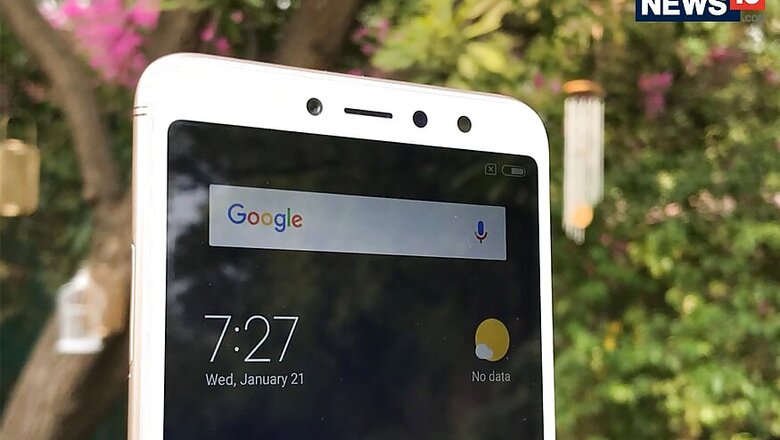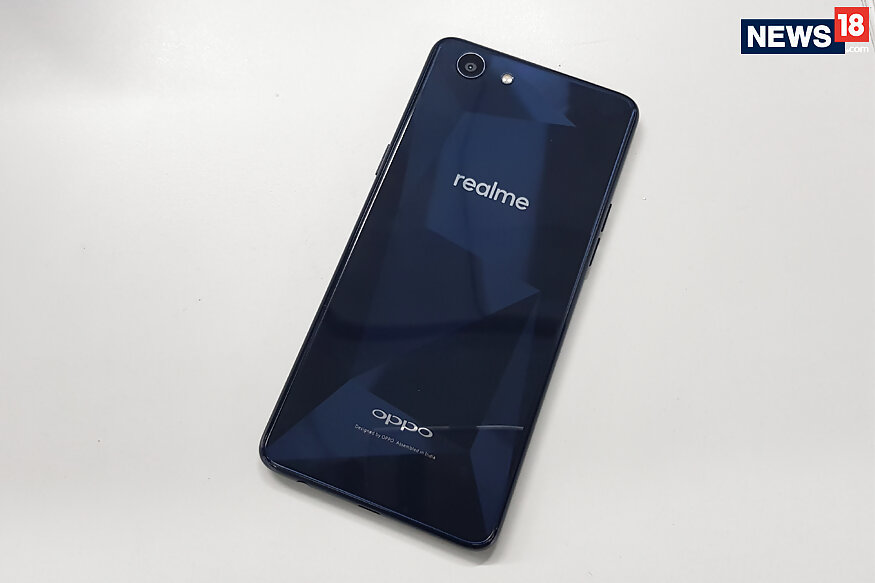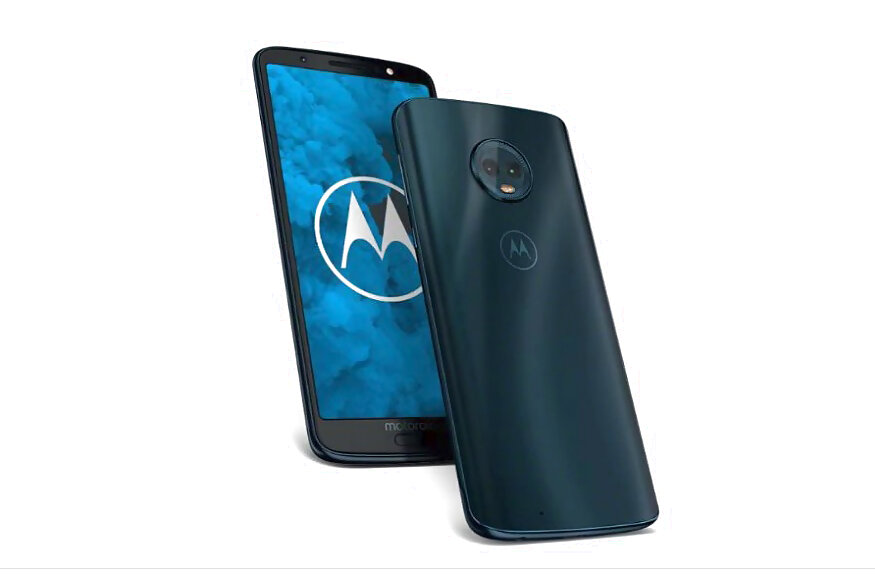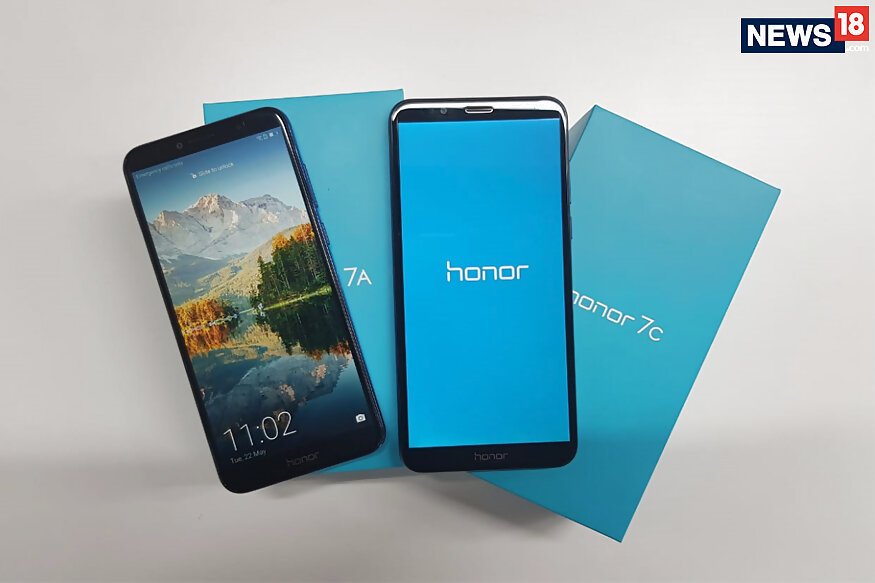
views
With top smartphone makers integrating face recognition as a feature, many companies are ready to follow suit. A recent report by market research company Counterpoint Research estimates that over a billion smartphones will have facial recognition by the year 2020. Some projections also reveal that manufacturers will slowly do away with fingerprint sensors and will eventually shift to face-recognition as a standard way for unlocking devices. A key reason for the growth of face recognition technology has been the increasing scepticism towards the intensive use of biometrics. As devices look to incorporate features that enable tightened security, facial recognition is picking momentum in the budget-friendly smartphones segment. We list the top budget-friendly smartphones that feature facial recognition for device unlocking.
Xiaomi Redmi Y2:
Chinese smartphone manufacturer Xioami has finally launched its much-awaited smartphone Redmi Y2 in India. The Xiaomi Redmi Y2 is the rebranded version of the Redmi S2 that was launched in China recently. The Redmi Y2 features a 5.99-inch HD+ display with a tall 18:9 aspect ratio. The smartphone is powered by a Snapdragon 625 processor and packs a 3,080 mAh battery.
Also Watch: Xiaomi Redmi Y2 First Impressions Review: A Scaled Down Note 5 Pro
The device houses a dual rear camera setup with a 12-megapixel primary sensor and a 5-megapixel secondary sensor. Further, it has a 16-megapixel sensor on the front with supports features such as AI Portrait Mode, AI Smart Beauty, Front HDR, and Face Unlock. Xiaomi Redmi Y2 also supports Group Portrait selfie mode. Redmi Y2 dual rear cameras come with large 1.25-micron pixels for better for low-light photography, claims Xiaomi. Redmi Y2 runs MIUI 9.5, which is based on Android Oreo.
Oppo Realme 1:
Realme 1 sports a glass fibre body at the back with the diamond-like finish. The company claims that the device feature 15 tangent planes carved on the back body, which gives different shades of black. The smartphone features a 6-inch FullHD+ IPS LCD display with an 18:9 aspect ratio and a 2160x1080 pixels resolution and a 403 ppi. It is powered by a MediaTek MT6771 SoC and come with a 6GB RAM coupled with 128GB internal storage. It runs the latest Android 8.1 operating system with ColorOS 5.0 on top. The smartphone is backed by a 3410 mAh.

As for its optics, the Realme 1 comes with a 13-megapixel primary camera at the back with PDAF and depth (Bokeh) effect and an 8-megapixel selfie shooter at the front that also support Bokeh effect. Security features on the smartphone include a Face Unlock but surprisingly, skips out on a fingerprint sensor. Connectivity options on the smartphone include a microUSB slot, Bluetooth 4.2, FM Radio and a hybrid SIM slot for dual-SIM connectivity.
Asus Zenfone Max Pro (M1):
Launched last month, the Zenfone Max Pro sports a 6-inch Full HD display with a and an 18:9 aspect ratio. The device is powered by Qualcomm Snapdragon 636 SoC with eight Kryo 260 cores and comes in two memory variants. It runs the latest Android 8.1 Oreo out-of-the-box and comes as the first offering by Asus to run a stock Android.

As for its optics, the Asus Zenfone Max Pro (M1) sports a dual camera setup at the back that includes a 13-megapixel primary sensor coupled with a 5-megapixel secondary sensor for depth effect. The camera also comes with LED flash and features like PDAF. AT the front, the Zenfone Max Pro comes with an 8-megapixel selfie shooter with Softlight LED.
The Zenfone Max Pro is backed by a massive 5000 mAh battery.
Moto G6:
The device sports a 5.7-inch IPS screen of fullHD+ resolution. The device is powered by Qualcomm Snapdragon 450 system-on-chip (SoC), coupled with 3GB/4GB of RAM and 32GB/64GB of storage variants, respectively. In term of optics, the device houses a 12-megapixel sensor and 5-megapixel sensor. On the front, it has a 5-megapixel camera. The Moto G6 is powered by a 3,000 mAh battery.

The phone comes bundled with a 15W TurboCharger in the box. In terms of connectivity, the smartphone has 4G LTE, Wi-Fi 802.11 a/b/g/n, Bluetooth v4.2, GPS/ A-GPS, USB Type-C, and a 3.5mm headphone jack. Sensors on board include an accelerometer, ambient light, gyroscope, magnetometer, proximity, and a fingerprint reader.
Honor 7C:
Honor 7C comes as the more premium offering of the two and sports a 5.99-inch display with 1440x720 pixels resolution and an 18:9 aspect ratio. The device is powered by an octa-core Qualcomm Snapdragon 450 SoC and carries a 3GB/ 4GB RAM along with 32GB/ 64GB internal storage which is further expandable up to 256GB. It runs Android 8.0 Oreo with Huawei's own EMUI 8.0 on top.

As for its optics, the Honor 7C comes with a dual camera setup at the back that includes a 13-megapixel lens coupled to a 2-megapixel lens for depth effect. The camera also comes with PDAF and an LED Flash. At the front, the smartphone sports an 8-megapixel for selfies that also comes with LED Flash.
Also Watch: Karbonn Titanium Frames S7 Review: A Decent Budget Deal


















Comments
0 comment